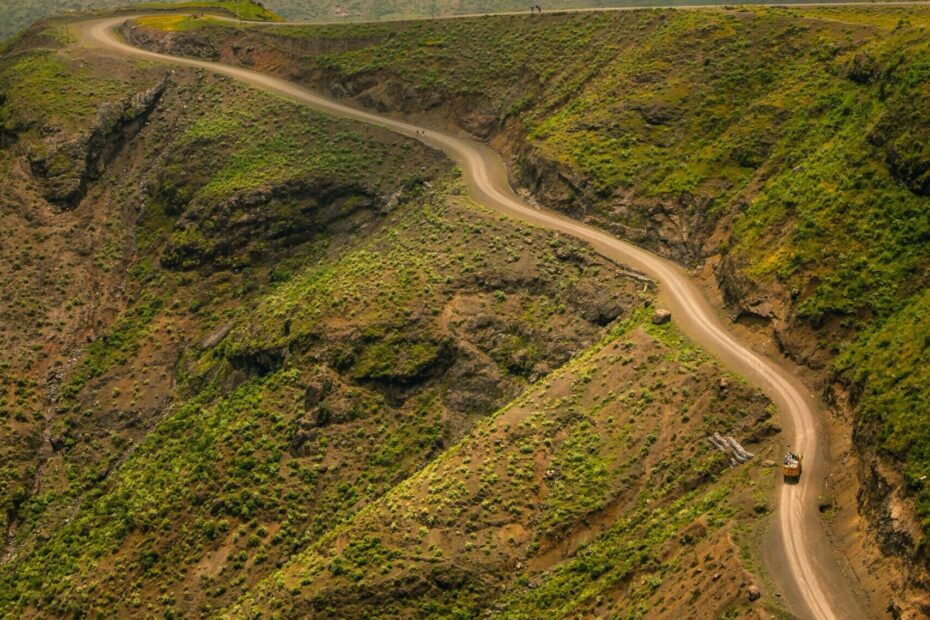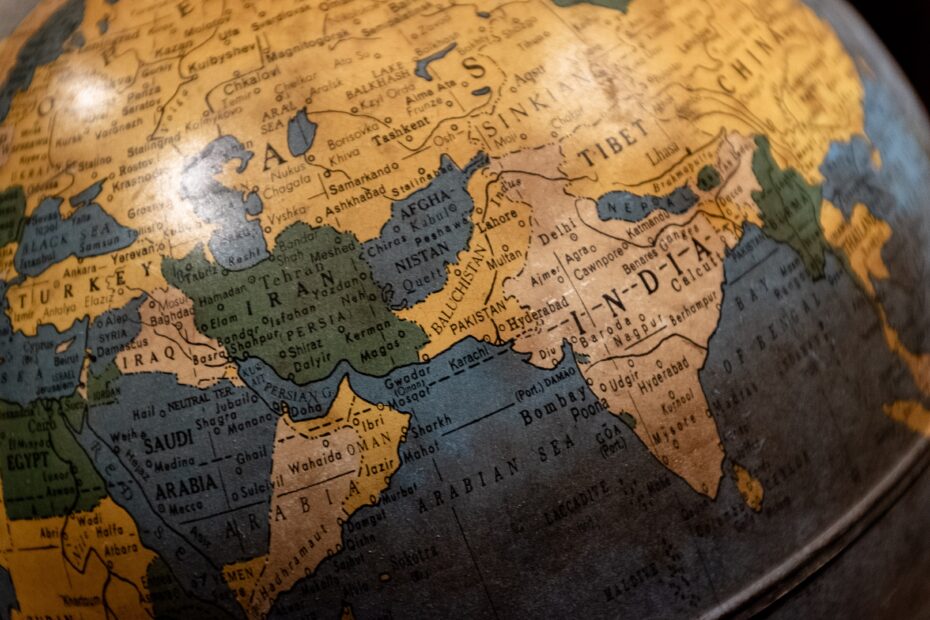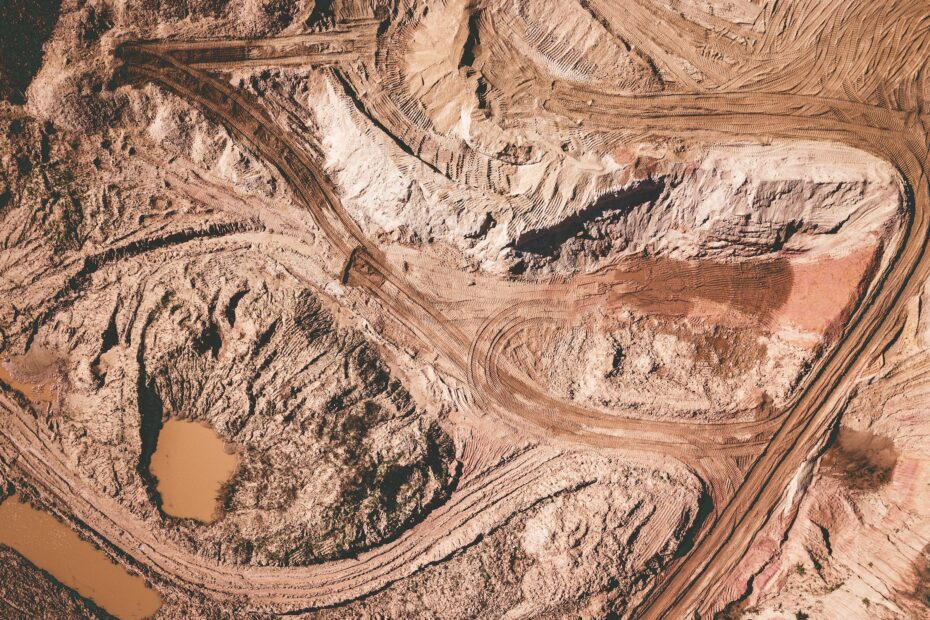Ethnic Groups Make History
In his new book, historian James Quirin examines the oral traditions, cultural practices, and written records of the Beta Israel, a community of farmers and artisans who lived near the Ethiopian kingdom. Quirin uncovers a lively historical record, showing how small ethnic groups can create significant historical change.









